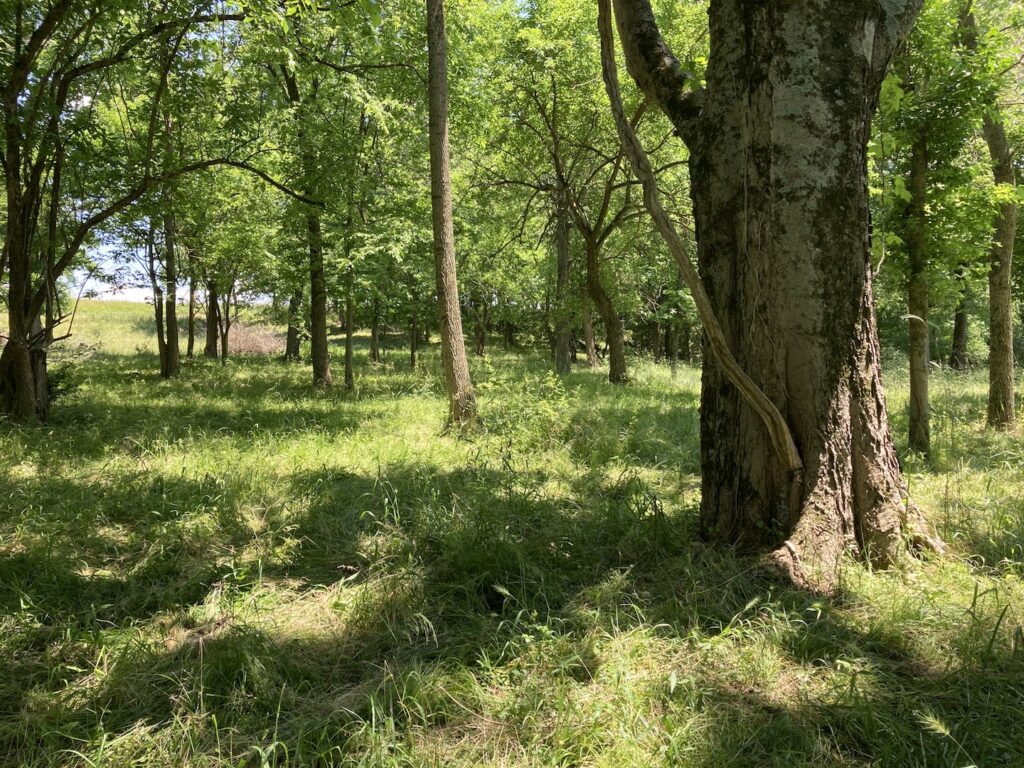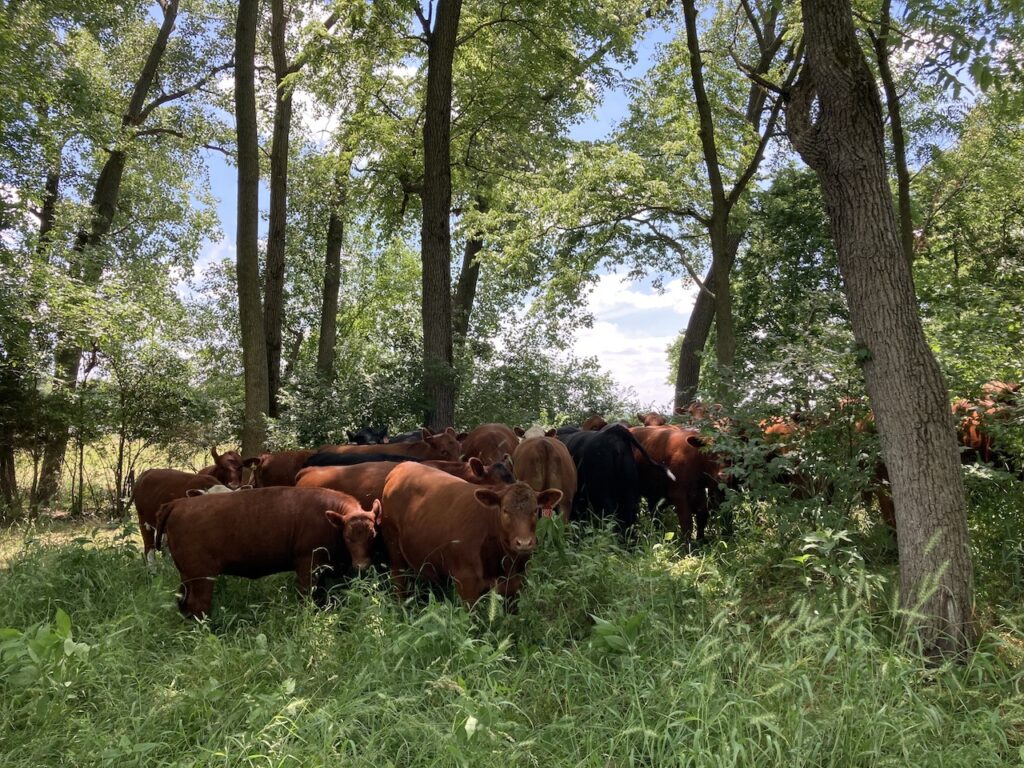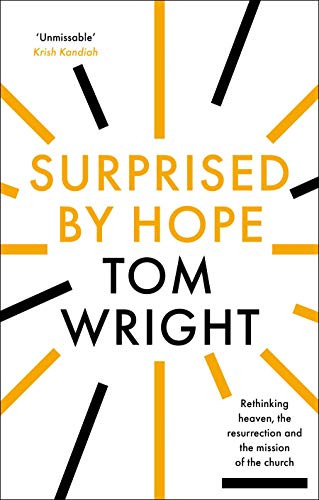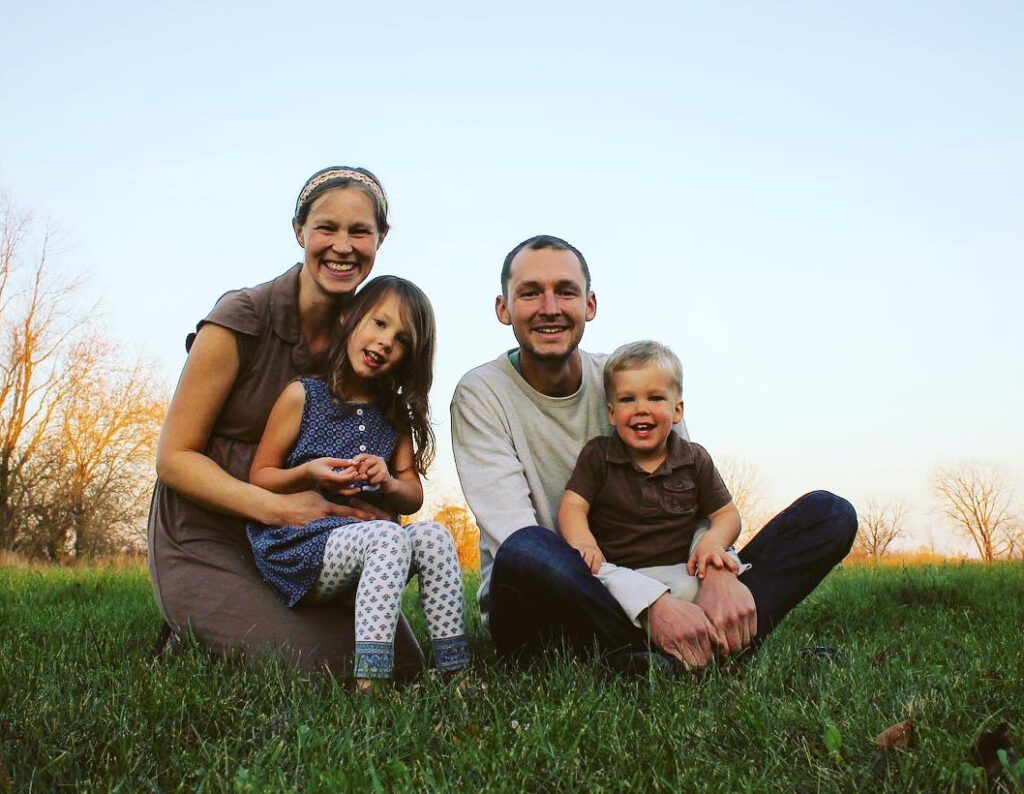In February I shared a blog post by my friend Ryan O’Connor that reviewed several climate change documentaries for sharing with your church or other faith community. When Ryan was first working on the post, I asked him to also share insights he’s gained by organizing documentary showings himself. You can find those wise insights below.
I highly recommend that you take to heart the wisdom he offers. Group dynamics, especially around topics that have become politically polarized, can be hard to handle. Combining your good intentions with thoughtful preparation gives you a much better chance of having a successful event. Thanks again, Ryan, for sharing your insights.
On a dark evening in November, I briefly addressed a small crowd gathered in our church’s auditorium. I nervously smiled, realizing I didn’t recognize many of the faces in the crowd. I thanked them for coming. Then I dimmed the lights.
As the documentary began, I futilely tried to scan my speaking notes in the dark. Had I mentioned my purpose and goals as intended? Was I ready for tough questions? And most importantly, was our planning sufficient, or were there things I glossed over in my eagerness to gather people and hit “play”?
Hosting a movie screening can be an effective, low-barrier way to attract a crowd. It will only be effective, however, to the extent you plan from the big picture to the little details. So, using a Q & A format, I will share what I’ve learned about good planning for these kinds of events.
What are your goals?
If you are planning on screening a movie, or hosting any type of event, I strongly encourage you to work through the following questions oriented around the goals for your event. Be as specific as you can and write you answers down on paper so you can refer back them throughout your planning. Let your goals inform your selection of a film, and be sure to watch the movie yourself prior to settling on it.
What outcome are you trying to achieve in hosting a movie screening?
While a desire to educate others may be the initial goal, the desired outcome is usually something more than deeper knowledge. Be transparent with attendees and state your hopes at the start of your meeting. In addition, recognize that your desired outcome may require more than just a one-time event, and think about how you will follow up.
What actions do you want attendees to take afterwards?
Again, knowledge itself is usually not the goal. In addition, merely giving people knowledge doesn’t necessarily lead to action. What would you like people to do, either corporately or privately, during or after attending your event?
What are barriers to action?
Try to think like a participant, perhaps discouraged by the enormity of the problem and unsure what actions to take, wondering if their actions matter, confused by climate science misinformation, or just busy with life and other important issues. Think through who you’re most trying to reach and how you can reduce barriers for them. Be prepared to address feelings of discouragement or skepticism about pie-in-the-sky solutions.
How can you set up the meeting timing, duration, and physical space to achieve your outcome, desired actions, and reduce barriers?
Think about the things like what day of the week and time of day to host your event, as well as whether you want to provide childcare or perhaps a virtual option so parents of young children can attend. Little things like snacks and room set-up matter too. Rows of long tables are great if you want people to take lots of notes, but if you want to include a small group discussion, round tables or no tables at all might be a better choice.
Who is your intended audience, and how will you advertise your event?
If you want more than your usual attendees to come, you’ll probably have to do more than just put it in the church bulletin. Would the pastor be willing to make an announcement from the pulpit an encourage people to come? Maybe even preach a sermon on the topic? Personal invitations are the best way to get people to come. For my event, my preschool-aged daughter and I handed out small flyers at a different church social event a few weeks prior, and several people came solely from the personal invitation.
How will you respond if there are tough questions?
You don’t have to be a climate expert to start a conversation. In large part, that’s why you’re screening the movie rather than speaking yourself. As a facilitator, it’s not your job convince skeptics in the moment. Resist the temptation to get into debates with people. It is okay if not everyone agrees.
While it is important to refute obvious falsehoods, it is equally or more important to treat others with respect and charity. However, it will give you more confidence if you have a plan for how you will respond to difficult questions. Often, the best answer is to state that you’re not a climate scientist, reiterate that we’re united around common goals like caring for God’s earth and all people, and that you’d be happy to follow up afterwards.
That being said, if you’re looking to moderate a session and want to brush up on climate science, excellent resources are the state-level climate summaries from NOAA, which cover both changes observed to date as well as major impacts expected by mid to end of century, tailored to each state in the U.S.
If you’re concerned about how to respond to specific questions, like the reliability of climate models or “Hasn’t the climate always changed?”, the website SkepticalScience.com, has numerous rebuttal articles that correct misinformation. While an excellent resource, the sheer volume of articles and technical details can be a rabbit hole. I keep it bookmarked to respond to follow-up questions, if needed, rather than to prep myself for hypothetical boogeymen.

If you’re looking a good hard copy resource, a book on climate science specifically written for people of faith is A Climate for Change: Global Warming Facts for Faith-Based Decisions by renowned climate scientist Katherine Hayhoe and her husband and evangelical pastor Andrew Farley. Published in 2009, the book provides an excellent summary of climate science along with discussion of how Christians should respond. The book and its faith-based commentary makes it an excellent companion to the websites above, which are regularly updated with climate impacts observed to date and the latest future projections.
Another good resource is A Catholic Response to Global Warming, by Steven Coleman. While written for a Catholic audience, it contains an excellent summary of both the moral and scientific urgency for people of all faiths and is very accessible at only 24 pages.
A practical example: my story of screening The Human Element
Back to my screening of The Human Element. As the stories on the screen unfolded in the darkened room, my nerves settled down. I went through the mental checklist of my goals, the schedule for the evening, and the big-picture outcomes and actions around which I had planned the event.
My primary goal was to educate others and spur a conversation with church members about observed climate impacts and personal concerns about future changes. Secondary goals included recruiting new members to our care of creation team and getting feedback on other topics attendees would like to learn about in the future.
With those goals in mind, I made sure to have each person sign in as they arrived and included a check box for them to indicate if they were interested in joining the team. I also provided a handout for each person that included the discussion questions and a list of potential future topics, along with instructions for them to check off their top three.
Because part of my goal was in part to foster discussion and sharing, I had set the room up without tables, and following the movie I had people circle their chairs into small groups of 4-5 and discuss the following questions:
Which stories in the film resonated with you most?
How has climate change impacted you and your community, or those close to you?
What are common values you share with those suffering the impacts of climate change, either in the film or in our local community?
What is the role of us as individuals and collectively as a church in helping to address climate change?
Following the small group discussion, we reconvened for a short large group report-out so that everyone, including myself, could hear a summary of the discussion.
There was a challenging reaction immediately after the film. Before we broke up into small groups, I asked the group for one or two people to share their immediate reactions.
An older gentleman from the back of the room blurted out gruffly, “Depressing!”
As the movie had ended on a positive note, it wasn’t what I was expecting. I didn’t try to argue with him. I just acknowledged that yes, climate change can be a depressing topic, but that there are also reasons to have hope, both from common ground solutions and from our faith.
And then I simply introduced the small group discussion and moved on to the next thing as planned.
I also wanted peopled to commit to an action–one new thing they could do in their personal lives to care for the Earth and for the poor suffering from environmental degradation. Recognizing that one barrier is not knowing what to do, I provided a handout of potential, high impact actions for consideration, such as signing up for a green power program through their utility, eating less meat, buying locally grown food, and changing commuting and driving habits.
At the end of the meeting, I asked everyone to take five minutes to write down their personal action commitment. I suspected that for some people, a secondary barrier might be a feeling that the issue was so big their actions wouldn’t matter and that they might be in the minority in trying to change their habitats. With this in mind, I ended on a hopeful and encouraging note. Quoting St. Paul, I noted that we are mutually encouraged by each other’s faith (Romans 1:12). By sharing our intentions, we can support each other in what we plan to do and be inspired and encouraged at the same time.
In the end our team felt the event was a success.
We had a good turnout, including many people who responded to personal invitations—we weren’t just preaching to the choir. We doubled the membership of our creation care team. We got several ideas for future topics.
But most importantly, we brought members of our community together for a conversation, started breaking down barriers to action, and planted the seeds for bigger personal and collective steps down the road.
Have you hosted an event for your church or other community of faith about climate change? How did it go? What did you learn? Have you found other resources that are especially effective? Feel free to email me at wholefaithlivingearth@gmail.com.









